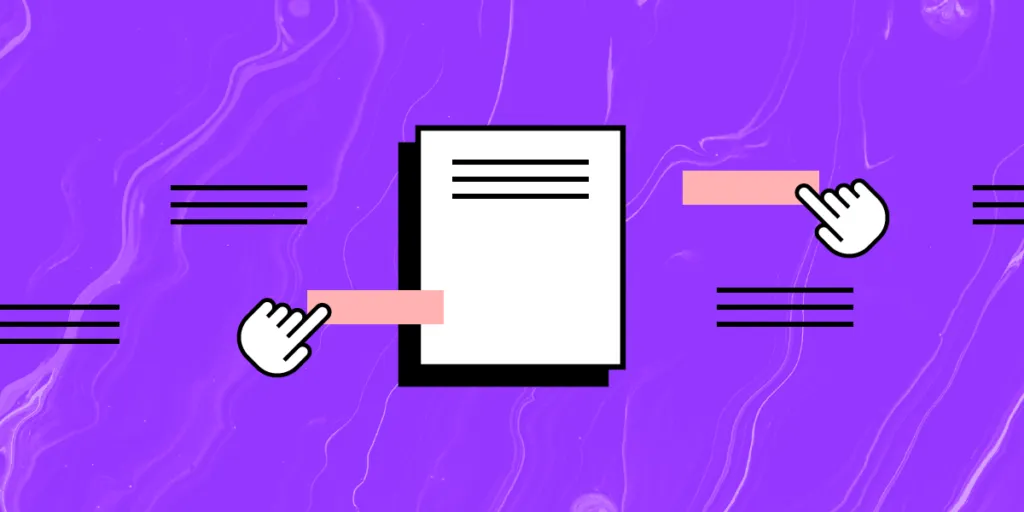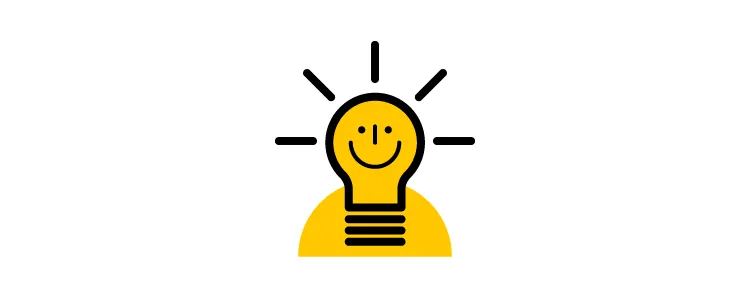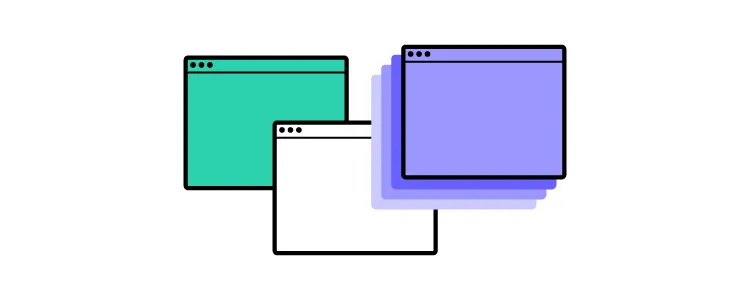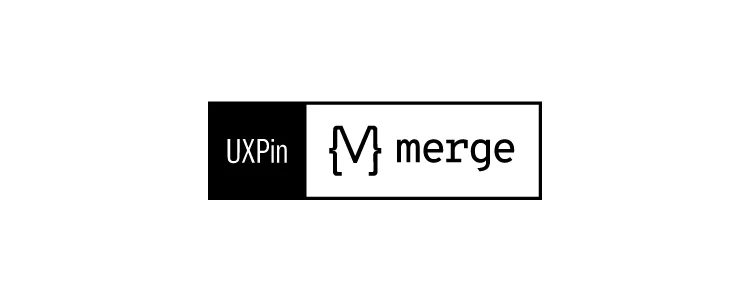What is Content Design?

Content design has evolved to become a crucial role in the UX design process. Teams rely on content designers to ensure products deliver the highest quality content that meets user needs precisely when they need it.
Table of contents
Do you struggle to build accurate prototypes as a content designer? Build fully functioning prototypes with UXPin Merge, the world’s most advanced user experience design tool. Import your product’s design system to create a drag-and-drop prototyping environment for faster testing and iterations.
Bridge the gap between design and development, get meaningful feedback from stakeholders, and gain accurate results during usability testing. Visit our Merge page for more details and how to request access.
What is Content Design?
Content design encompasses a digital product’s content strategy, including text, images, video, maps, graphs, and other graphics that communicate with users. A content designer’s primary goal is presenting the right content to users when needed–like a helpful error message with explicit instructions to fix a problem.
Although content design falls within the UX realm, content designers often work in cross-functional teams or consult on projects–like helping the sales team craft an email or writing scripts for customer service.
The evolution of content design
Content design is a relatively new term coined by Sarah Richards (now Sarah Winters, founder of Content Design London) while working for the UK’s Government Digital Service, which designs and develops the country’s digital products.
Traditionally, organizations tasked UX writers or copywriters with adding words to user interfaces or editing copy. But as the role evolved, UX writers approached their role as a UX designer does. So, UX writers became content designers to reflect this change.
While content design primarily focuses on words, they do sometimes use images, videos, and graphics to communicate with users; therefore, content designer makes more sense than UX writer.
Beyond creating copy, content designers identify where content must go, its hierarchy, and the type (text, image, video) to solve user needs adequately. They rely on user research and data to identify what content a product and user interface needs. Content designers work with UX writers, graphic designers, and other content creation professionals to produce these assets.
Content design vs. UX writing
Many organizations use content designer and UX writer interchangeably, but slowly these are becoming different UX specializations.
- UX writer: focuses solely on a digital product’s copy.
- Content designer: a holistic approach to content (text, image, video), including hierarchy, structure, messaging, voice, tone, etc.
What Does a Content Designer do?
Content designers collaborate with other UX professionals throughout the design process. They must understand user needs, communication, and language to produce helpful and informative content.
Content designers don’t only solve problems; they also collaborate with marketing teams to create user-centered content for landing pages, sales funnels, email nurturing sequences, and other lead/sales touchpoints.
1. Research
Like any user experience role, research is the core of a content designer’s decision-making. Content marketing design must understand users’ needs, wants, motivations, and desires to increase conversions. In contrast, task-related product content focuses more on solving problems, providing context, and eliminating pain points.

Content design research methods include:
- User interviews: an essential content design research method because end-users will tell designers what they need–i.e., a map, graph, written instructions, etc.
- Desk research: industry reports, case studies, survey data, etc.
- Competitive analysis: understanding how competitors use content
- UX benchmarking: industry, competitor, and product benchmarks
- Product tracking & analytics: using tools to learn about customer behavior and identify bottlenecks
- User feedback: collect customer service tickets or opinions that highlighted cases in which a product’s language or instructions were unclear to the user
Content designers use this research to identify what content users value and how to prioritize accordingly. Examples of the UX artifacts they create to guide ideation, prototyping, and testing, include:
- Personas: designed specifically for content, including the language they use, how they communicate, messaging that triggers them, what they value, the content they need, etc.
- User journey maps: visualizing user journeys to identify motivations, thinking processes, and what information people need at each step
- Storyboards/scripting: a deeper dive into the user’s journey, including scripting interactions and conversations
- User flows: the screens and navigation for the design project–for example, an onboarding sequence
2. Ideation
Next, content designers collaborate with UX professionals and other team members to ideate solutions that meet user needs. They consider where users will see this content (mobile app, website, ad, social media, etc.) and what medium will impact users most (text, images, video, graphics, etc.).

Content designers explore words and language that will deliver instructions and messaging succinctly. They also consider the content’s voice and tone, which must be coherent and consistent with the rest of the product while following brand guidelines.
Content designers work with other designers ideating on solutions for various design ideas and layouts. They also meet with team members from legal, financial, marketing, customer service, industry experts, etc., to get feedback and make improvements.
3. Prototyping and testing
Nick Cowan from GOV.UK shares how they used the Page Editor Chrome Extention to test ideas by changing the text on a page–content designers can also use the “inspect” feature available on most browsers, including Chrome and Safari.
They can screenshot these changes to create rudimentary prototypes for testing different content and messaging ideas with the target audience and stakeholders.

Content designers may not have the skills or time to build prototypes. They must rely on other UX designers or engineers for their prototyping needs.
Design tools like UXPin enable content designers to create prototypes that accurately replicate the final product–without the learning curve and complexities of traditional design tools.
UXPin’s built-in design libraries allow content designers to drag and drop UI components to build user interfaces for testing. They can also import Figma, Sketch, or Photoshop files from other designers for prototyping in UXPin. Content designers can collaborate with team members and stakeholders, getting feedback via UXPin’s Comments.
Content Design Best Practices
Avoid irrelevant content
Content designers must keep content relevant to solving a user’s problem and completing tasks. Sometimes well-intentioned content, like providing additional context or information, can cause more harm than good.
Comprehensive research and user interviews are the best way to avoid irrelevant content while giving users only what they need to make a decision.
Design, don’t “fit in”
One of content designers’ biggest challenges is “fitting in” to an available space rather than designing. Content designers must involve themselves early in the design process to ensure the team designs around content users’ needs rather than trying to fit in.
A great example of designing around content is Sarah Winters’s redesign of GOV.UK’s bank holiday page, which Giles Turnbull describes in this YouTube video.
During user interviews, Sarah and her team discovered that most users wanted to know the date of the next UK bank holiday. The old page (below) had too much information, which overwhelmed users and took time to find the next bank holiday date.
The redesign prioritized the content users value most, with the next bank holiday in large highlighted text and the following holidays below in chronological order.
By designing rather than fitting in, GOV.UK’s content designers created a page that serves users while eliminating redundant, distracting information.
Share and encourage feedback
Sarah Winters shares in a blog post about content design, “We share quickly and easily to get feedback. We know having fresh eyes on a piece of work is generally a good thing.”
Feedback from other designers, product managers, stakeholders, and users is crucial for the content design process. These perspectives help content designers refine ideas and deliver the best solution for users.
Use simple messaging
Content must be straightforward to understand and digest with simple language and readability. Some tips to improve messaging include:
- Avoid jargon and ambiguity
- Use short sentences and paragraphs
- Maintain a consistent voice
- Find the best format–use bullet points, italics, bold, etc., to make content easier to read
- Use an active vs. passive voice
Learn to use a design tool
Content design is designing! Content designers must be comfortable using design tools and building prototypes. Relying on other designers will result in compromises.
As Emma Schmidt, Content Designer at Dropbox, notes about design tools, “…in the case of content design, mocking up your writing demonstrates a basic understanding of visual hierarchies and your fluency in design, and it offers perspective.”
Content Design Resources
- A list of books about UX writing and content design
- Content design events and conferences
- The Content Design Academy for accredited skills development
- Content design courses
- A list of content design tools
Content Design With UXPin Merge
Prototyping and testing are vital for content design testing and iterating. But many content designers and UX writers lack the skills to build quality prototypes. Nick Cowan from GOV.UK and his team used a Chrome extension to create screenshots for prototyping–not a scalable, dynamic, or adaptable methodology!
PayPal faced a similar problem when trying to scale its internal design operations. Erica Rider, Senior Manager for UX – Developer tools and platform experience at PayPal, needed a design tool to enable product teams to design UIs–people with little or no design tool experience.
Erica and her team discovered UXPin Merge, a technology that allowed PayPal to sync its Fluent UI design system hosted in a repository to UXPin’s design editor. Product teams use the design system’s templates (graphs, charts, and other content), components, and patterns to prototype, test, and deliver new products.

One-page prototypes that used to take experienced UX designers more than an hour to build now take product teams less than 10 minutes–with greater fidelity and full functionality.
Content designers are in a similar position to PayPal’s product teams, where prototyping and testing are essential, but they must rely on other designers or engineers to build prototypes. UXPin Merge creates a drag-and-drop design solution that reduces the design tool learning curve, maximizes consistency, and increases prototyping scope.
Switch to the world’s most advanced prototyping tool to increase your content design team’s value to the design process. Visit our Merge page for more details.




